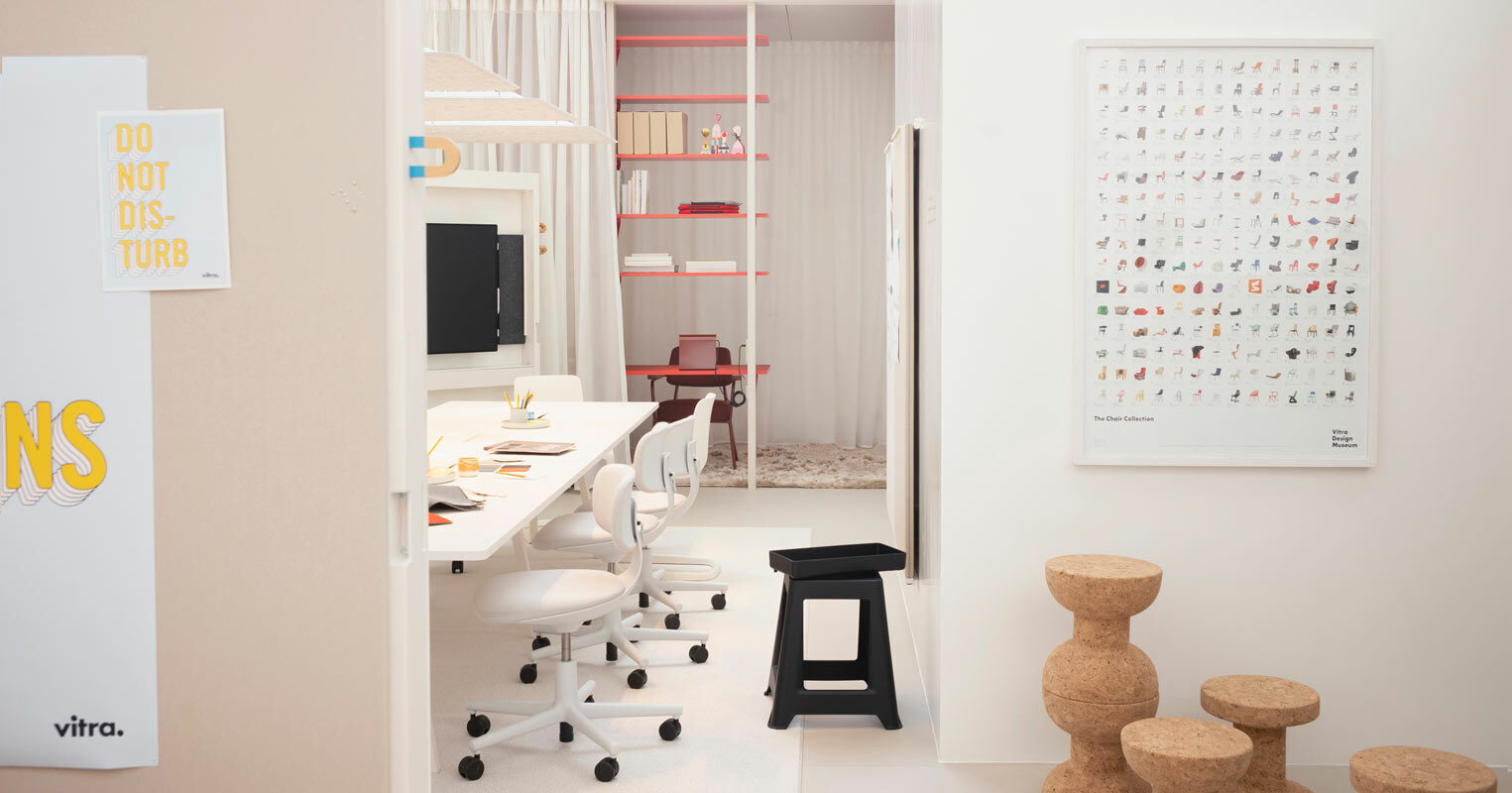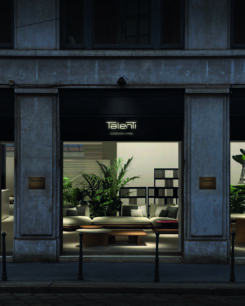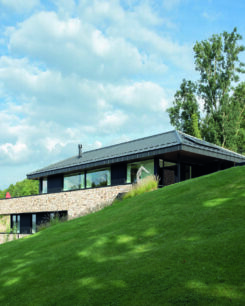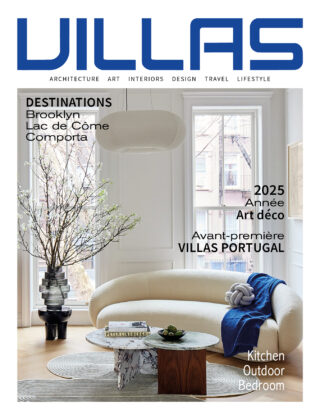Sommaire
Returning to the office after the health crisis
Vitra is a family company, which has been producing high-end furniture combining expertise and creativity since 1950. Working with top designers (Stephan Hürlemann, Antonio Citterio, Charles & Ray Eames, and Ronan & Erwan Bouroullec for the reissue of the Alcove armchairs), the company offers increasingly functional furnishing solutions. Its avant-garde products are constantly adapted to developments in the design world.
In response to the massive changes caused by the pandemic, the family company Vitra is focussing on an innovative design, which is the result of careful thinking. This is a project born out of a desire to recreate links between employees. Indeed, business managers are worried about the level of commitment of their employees, and remote working has only heightened their doubts.
Spurred on by Nora Fehlbaum, who is the Managing Director of Vitra (and a niece of Rolf Fehlbaum, the son of the company’s founder), the brand wanted to offer a ready-to-use solution – a collaborative layout, designed in the spirit of a “club” and placing great emphasis on social interaction. From this, the Vitra Club Office was born. This range of products aims to invite all types of employees to come together to work, and to share knowledge and experience (despite the current crisis). A place where everyone shares the same vision of work, like a common interest.
“Anyone who decides to go to the office today and tomorrow does so of their own accord, to meet and connect with colleagues, and to feel valued. In the office, we feel involved in a common mission, and we stick to the same ideals – those of the company,” says Nora Fehlbaum. “This place must therefore be more than just a working area. In this day and age, it must provide added value. Employees today see no point in an austere office where everyone works in isolation. If that is the case, they prefer to stay at home.”
Thanks to the Club Office concept, Vitra has reinvented the office as a secure co-working space. The brand offers a climate that promotes well-being and productivity. It is also proposing to redesign remote working spaces at home, to adapt to the post-Covid era.
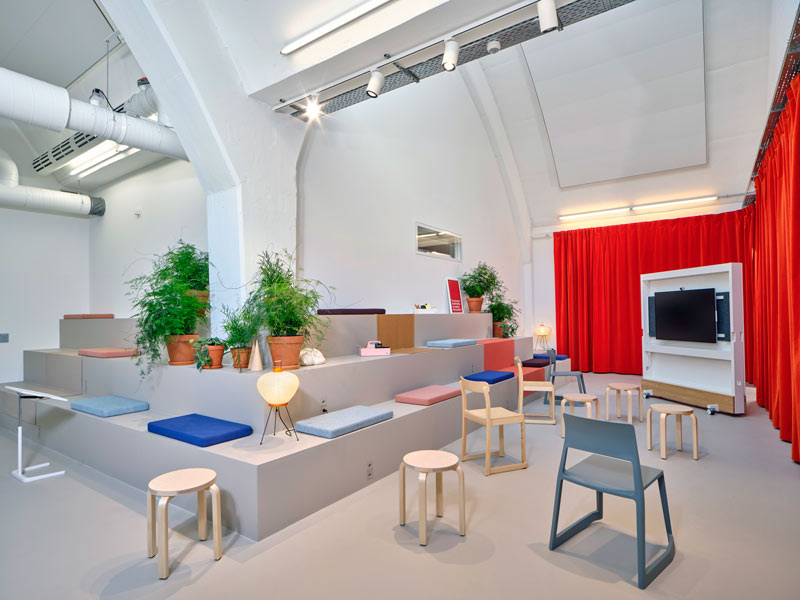
Eduardo Perez | Vitra Club Office
The modular layout of the Vitra Club Office: new solutions for remote working
On June 10, 2021, Vitra inaugurated its first Club Office at its production site in Birsfelden, near Basel in Switzerland. A space entirely designed by the Research & Design team and responding to the unprecedented changes caused by the pandemic. The Swiss manufacturer chose to use its own premises as a testing ground. Divided into three zones, this new kind of club is open to all team members and partners, as well as to external visitors upon registration.
The first area, the “Public Space”, is designed to encourage, meetings, debates and mutual learning. It is split into five sectors, including the modular ‘Alcove’ space, which is a place in which employees can both gather and isolate. Employees benefit from a room with warm furniture, which was designed in 2006 by French designers Ronan & Erwan Bouroullec, and a flexible partition for quiet discussions. The ‘Soft Work’ space has a modular sofa with ergonomic functions, and is ideal for informal meetings. In the other flex office areas, Vitra offers common offices, quiet havens (living room, library, garden, bar, etc.), and furniture with integrated electrical connections. Dancing Wall (2018) was created by Swiss designer Stephan Hürlemann, to better meet the demands of hybrid working.
The second area, ‘Semi-public Space’, is for project team members and workshop participants. It allows for more in-depth collaboration, often over a period of several days. There are five spaces available: the classroom, the creative meeting room, the standing and virtual meeting rooms, as well as the Plug & Play office. Combining practicality and flexibility, these areas feature Dancing Wall partitions, Stool-Tool stackable stools imagined in 2016 by the German designer Konstantin Grcic, as well as Tip Ton chairs, which improve the user’s posture, and were created by the British Edward Barber and Jay Osgerby in 2011.
The third and final area, the ‘Private Area’, is designed as an extension of the home office. It has two zones in which workers can work in peace – individual workstations for ‘residents’ (employees who are permanently present at the office) and the ‘home office’, an area suitable for tasks requiring high concentration. These environments feature a new range of ID Cloud Chairs. Created in 2021 by the famous Italian designer Antonio Citterio, these are ergonomic and breathable seats, offering great freedom of movement.
All of the furniture included in Club Office de Vitra is available to anyone intending to set up a professional office post-Covid. The products already existed, but were adapted to the security and flexibility demands following the pandemic.
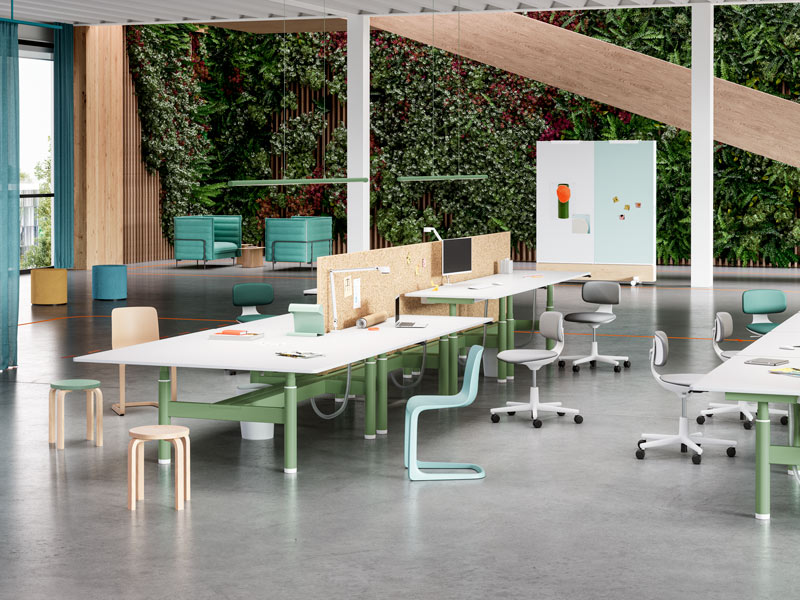
Vitra Club Office | Tyde 2
The design was influenced by the projects of the furniture manufacturer Vitra.
In April 2021, Vitra opened its very first outdoor Club Office in collaboration with the start-up business Merantix, a developer specialising in artificial intelligence. The AI Campus in Berlin needed a place to realise and complete its projects – a space in which the entire AI community could discuss and share ideas. In 2019, Vitra and Merantix met to codify the concept while maintaining the basic principles of the club – the importance of socialisation.
Vitra is currently developing a number of versions of the Vitra Club Office for its customers. The brand also offers an interior design consulting service, to help companies to rethink and reinvent their offices. With decades of experience, Vitra is the benchmark designer when it comes to furniture that is innovative, inviting and in line with modern work trends. The Vitra team has supported several establishments in the transformation of their offices, such as those of Markas in Italy (a personal services business) and Plan International in Germany (a children’s charity). Each area has been structured to encourage communication, creativity and productivity, while reflecting the values and identity of the company.
To discover the producer’s collections, head to the VitraHaus in Weil am Rhein in Germany – a building designed in 2009 by leading Swiss architects Herzog & Meuron – which is home to a Vitra flagship store. Also on this site is the famous Vitra Design Museum, which is dedicated to the study of the evolution of design through time. Major exhibitions are hosted every year in, collaboration with important figures in the world of design. Vitra also unveils its latest innovations at the annual Milan Furniture Fair. In 2019, these included the high-end Grand Relax recliner designed by Antonio Citterio, and the iconic plastic and fibreglass chairs made in the 1950s by Charles & Ray Eames, America’s most influential design duo.
In September, a Vitra showroom dedicated to the Vitra Home Collection opened in Copenhagen. In addition, for Paris Design Week, Vitra has transformed its Parisian showroom into an exhibition dedicated to the Vitra Club Office, showcasing of many new products produced by Vitra’s the long-term partner designers, including Jasper Morrison.
A specialist in the world of design, the Swiss manufacturer constantly takes up new challenges, and reinvents itself on a daily basis. With this strength, it is able to offer carefully designed layout solutions. The Club Office is proof of this. Vitra is able to respond with its typical originality to the increasingly pressing questions posed by managers and entrepreneurs. The brand has developed an innovative approach. This is more than just a unique concept – it is a model of the future, which can stimulate the enthusiasm of workers to return to the office after the crisis…
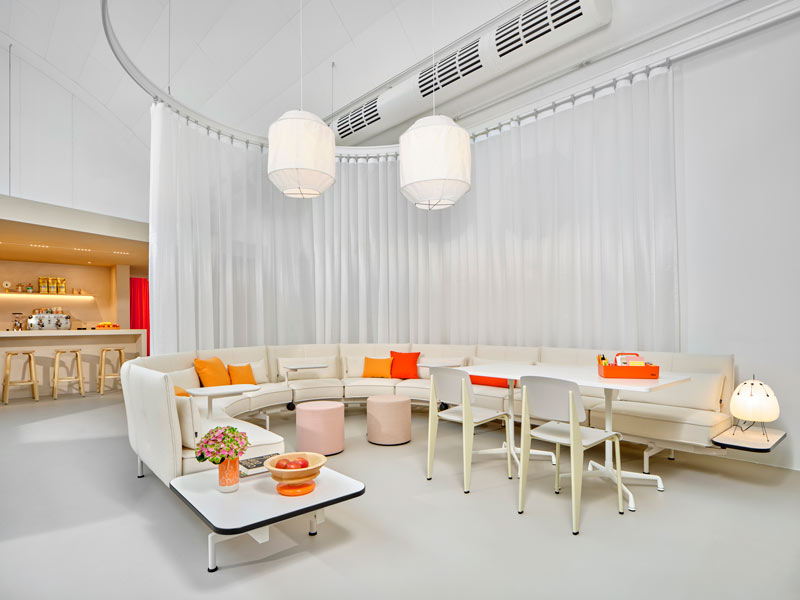
Eduardo Perez | Vitra Club Office
